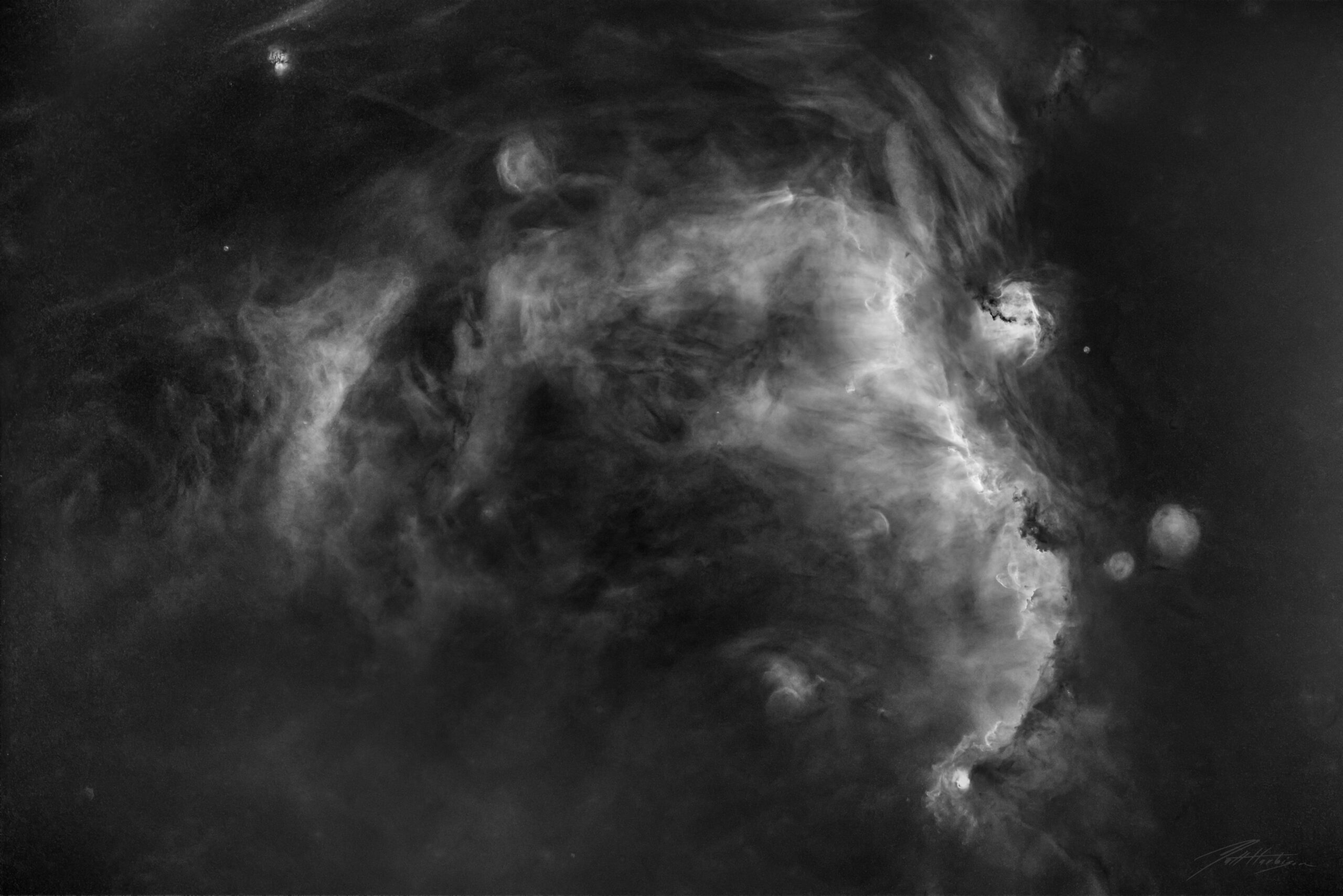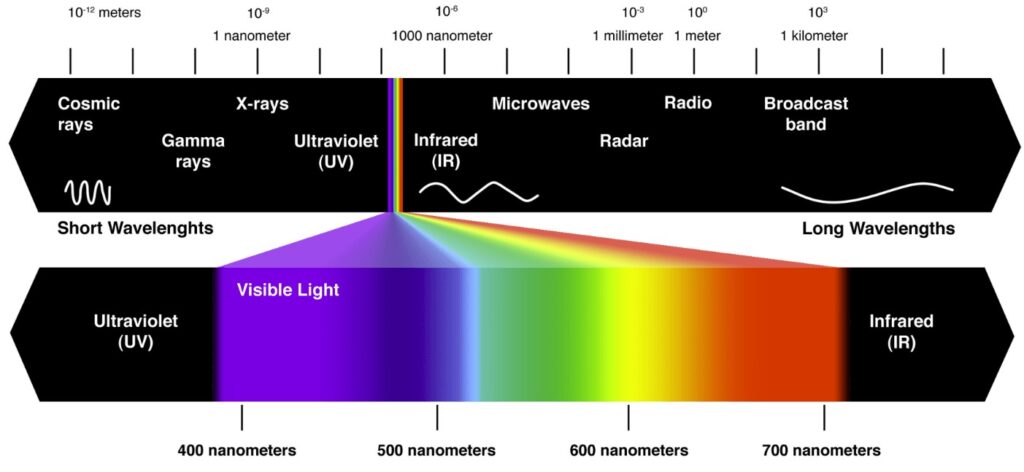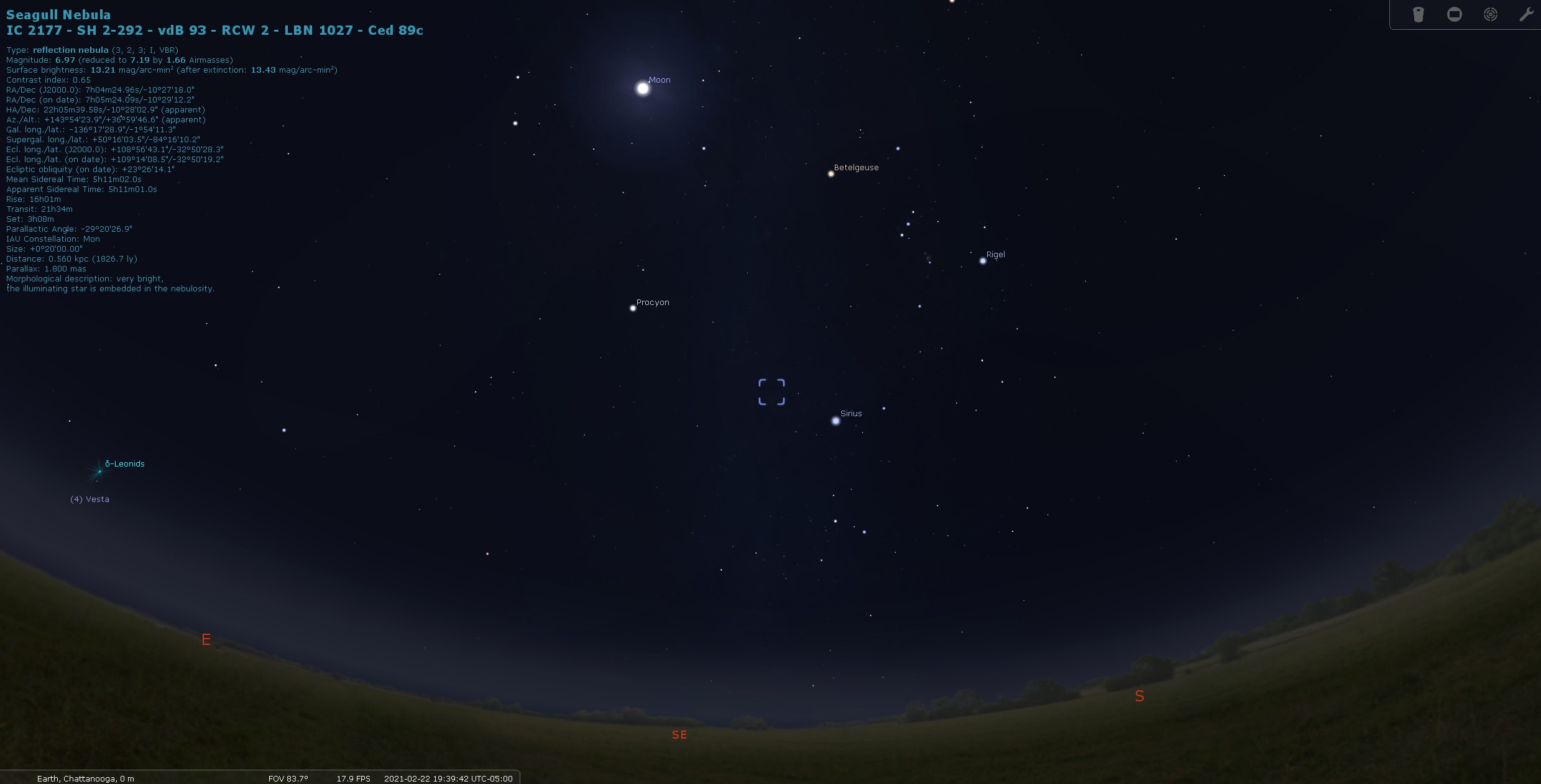
I’m having so much fun on my new (to me) telescope system. Not only is it FAST- it’s WIDE! Giant swaths of the sky are available with just one exposure. The new FOV (Field Of View) is six times larger than the previous FOV. Tonight I’ll add my first mosaic panel to this already giant FOV, making my normal nightly captures even larger in scope. Exciting times…
Speaking of exciting times, today NASA released the new footage of Perseverance landing on Mars. It’s just unbelievable video as the rover touched down last week. I had several folks ask me if it was fake. I don’t mind being most of my friends’ source for astronomical (space) information. I’m no expert, but I pay attention and try to relay what I read, see, and hear in a authentic way. Albeit with my southern accent and overtly passionate tones. I do love it. But more importantly, I want to give a little of it’s magic to others. This image above is a perfect example.

Above you can see the “Electromagnet Spectrum”. Look how tiny our ability to detect this spectrum of information truly is. Of all that raw data, this is the only part we see. The image of the Seagull Nebula *IC-2177* is comprised of mainly hydrogen, a very deep red part of the spectrum known as the hydrogen-alpha line at 656nm. Meaning, it’s very faint to the human eye. If you were closer, you’d probably be able to see it, but with the billion or so light years between us and it, you’re left to finding someone with a corrected filter who spends all night revealing the mass amounts of hydrogen present. AND you, dear reader are in luck. You do know someone with that glass, and I choose to show you all I can once it’s captured through my telescope (see above).

If you go out and look up, you just see stars and the endless night (with a 50% moon tonight). It just looks like stars doesn’t it? Unfortunately our human eyes just can’t overcome the vast amounts of distance to see the hydrogen. I’m happy to report, it’s magical and it’s there. So do yourself a favor and watch this video NASA released today! It too is magical and there *on mars*.
